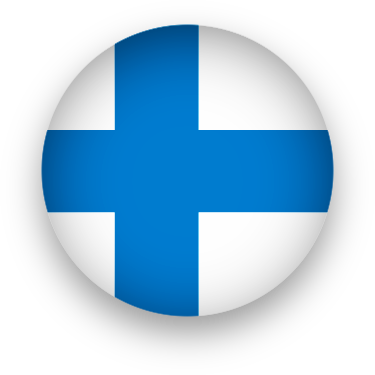Looks like yesterday that we started the videogame course here at
Sataedu. Sounds like a common sentence but it’s true, time passed so fast and I loved so much the time spent here in this amazing Country.
Who follows this blog knows that I’m in love with Finland, sounds irrational, but in reality there are so many tangible reasons:
Food
Our ex-prime minister mr. Berlusconi was totally wrong when he said that food here is crap. Actually I find it delicious…of course porrige is not in our tradition and looks like overcooked risotto (well…it is) but the taste is not bad. Now porrige is not national food, but was just an example. Here meat is very tasty and also is cheese. Juices and ciders are so many that you don’t know which one you should buy and sweets…one girl some time ago told me “Finland is the promised land of sweets”, actually she was right…and she was also sweet ;p
People
One of the best aspect of this Country that makes the experience absolutely unique are citizens. They are clean and loyally righteous (of course I’m not so naive to think that all of them are like this, I’m talking about my experience of whom I meet).
What surprised me are the extremes; think about climate and sauna: freezing and boiling. This is an aspect that you can find here quite often in folk’s personality. They are not talkative but if you spend enought time with some they tell you all about their life. They are friendly but you also know that if you don’t behave properly a punch would hit your face.
During day people are clean and respectous of environment and during night everything happens around. During week days they are on time (and with on time i mean “on time!”) and the laziness arrive in the weekends. They are quite consumists, lot of bright advertisings and then on weekends everything is closed (sometime even bars).
State
If you think finland is perfect place because taxes are low you are a fool, I also was. Here taxes are very high but in the same time you feel that you are investing in something that works.
I mean, with taxes you feel that you are contributing in something named “State”. Again, I’m not so naive to think that here corruption doesn’t exists and politicians are nice people.(mr. Stubb no offense intended, just a recent viral video on the web)
But still things works, even if somebody is stealing money from State, here stuff works.
Can you imagine? bus in time, public grass cutted, efficient road cleaning, economical support and contribution for investments and business, State services and websites working, public worker in office during work time. it sounds crazy that all these things are working so well…actually it sounds fucking crazy that in Italy they don’t work and taxes are even higher.
“We are many and they are less” I heard people saying, bullshit I think. If we are many contributor things should work better no? maybe we are many “burglars” you mean? ok, this changes the sentence then.
By the way, fuck my thoughts! here things works, food is great, people are averagely good and friendly, everybody speaks english, you can find support for everything, cold weather forges soul, landscapes are very meditative, public instruction works and for me is a pleasure being a part of it as State teacher!
Finland? 10/10
